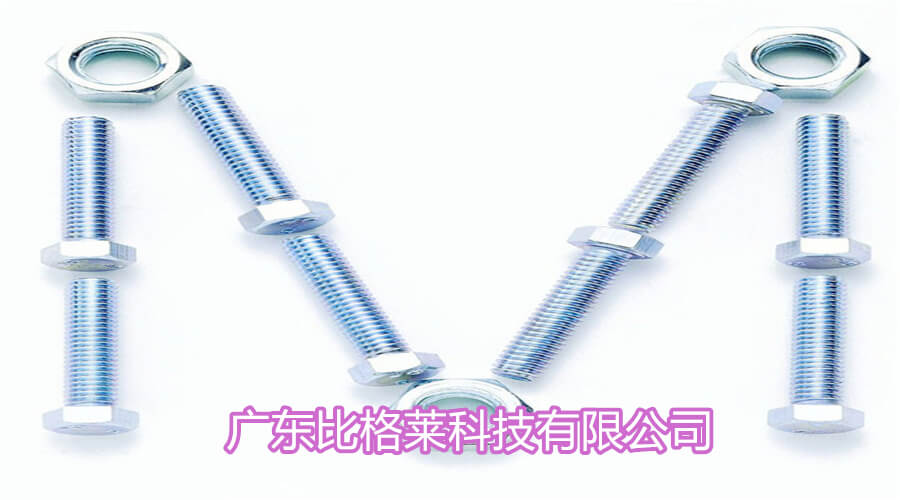
In the process of using potassium chloride zinc plating additives, sometimes the surface of the workpiece is blackened after passivation, which will seriously affect the appearance quality of the workpiece, and the performance quality of the coating is also very poor. What is the cause of this phenomenon What about?
Bigley Technology made an analysis based on the field experience and the characteristics of the product potassium chloride zinc plating additive BZ-523, which are mainly due to the following three reasons:
1. The current density is too large. If the current density used in the galvanizing process is too large, it is easy to burn at the corners of the workpiece and cause roughness and blackening. Therefore, in the production process, the parameters of the current density should be well controlled within the process range.

2. There is too much iron impurity in the plating solution. The iron impurity is mainly caused by the workpiece falling into the plating layer and not being removed in time, and the workpiece is dissolved and corroded in the plating solution. Iron ions include divalent iron and trivalent iron, and they will gather in the high current area. After the workpiece is emitted by nitric acid, the iron in the high current area will deteriorate the brown-black coating. This phenomenon is different when galvanizing is used for color passivation, but it is very obvious when blue and white passivation is performed.
3. The workpiece was contaminated by acid before and after passivation. The workpiece is contaminated by acid during light emission or washing, and there will be blackening on the surface of the workpiece. This phenomenon is irregular. Therefore, in the production process, care should be taken to replace the light-emitting liquid and cleaning water to avoid the phenomenon of blackening of the workpiece due to acid contamination before and after passivation.
Therefore, in the process of using potassium chloride zinc plating additives, the surface of the workpiece should be blackened after passivation. The above three points should be paid attention to, and the faults should be eliminated in time to improve production efficiency. If you are interested in potassium chloride zinc plating additives, please contact Bigley customer service for free samples and detailed technical information!
If you want to know more about galvanizing, you can click to view "Frequently Asked Questions".